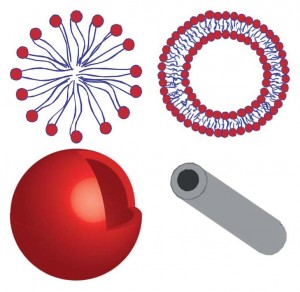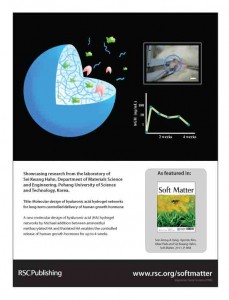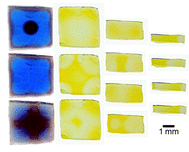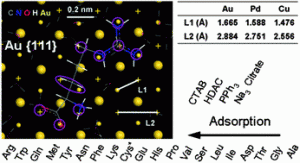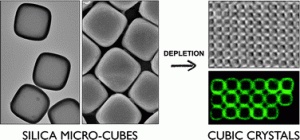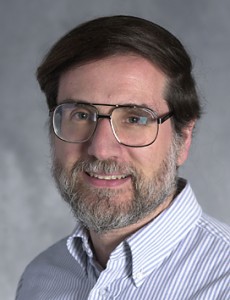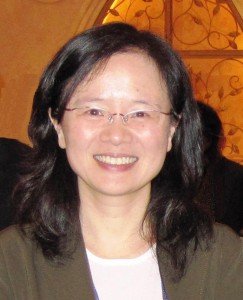Last week saw the launch of the International Year of Chemistry (IYC) 2011 in Paris. The theme of the year is to emphasis the importance of chemistry for sustainable development in all aspects of human life. Chemistry has an important role in solving some of the major challenges facing the world, such as human health, food security, providing clean water, energy and sustainable development. This is highlighted in the most recent issues of Soft Matter with articles on the development of nanoparticles for cancer applications, devices for the controlled release of pheromones with potential applications in the agricultural industry and highly functional renewable nanomaterials.
A further goal of the IYC is to promote Women in chemistry. 2011 is the 100th anniversary of Marie Curie’s receipt of the Nobel Prize in chemistry.
Many events are planned throughout 2011 to celebrate chemistry. Many of the activities are aimed at catching the attention and imagination of the younger generation. In Canada a video contest has been launched for school students. The aim is to produce a short chemistry related You-Tube video. The prize is a $2500 scholarship for further education.
In the UK, the Royal Society of Chemistry (RSC) announced the biggest global experiment which will take place on the 22nd June. Children across the world are encouraged to take part in an experiment into the properties and quality of water. More information can be found on the RSC website.
Further information of the events can be found on the RSC website and the IYC website (I have had some trouble accessing their website). Events are being organised worldwide in countries including India, Singapore, Thailand, Brazil, Australia, America, Canada and across Europe.


